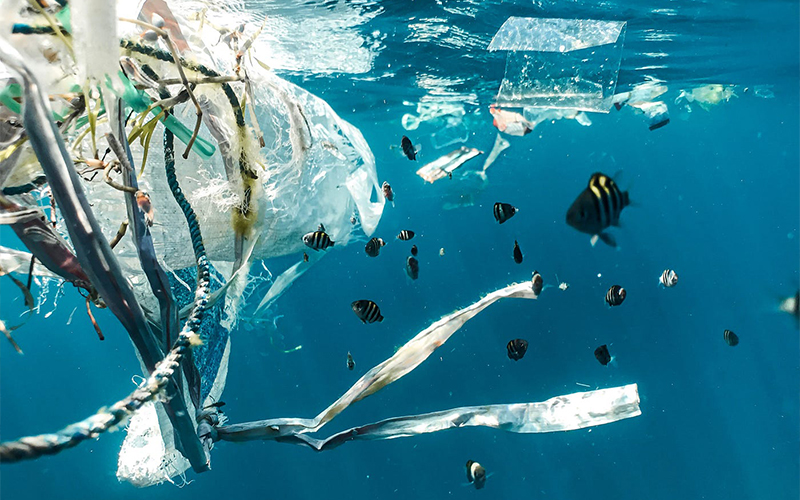In a world grappling with environmental challenges, the quest for sustainable practices has become paramount. Among the myriad of industries contributing to the global ecological footprint, some practices stand out for their potential environmental impact. This article explores the sustainability of operating wind farms in contrast to clear-cutting, flood irrigation, and overfishing. By delving into the intricacies of each practice, we can discern which path aligns with long-term environmental preservation.
The Rise of Wind Farms
Harnessing Clean Energy
Wind farms have emerged as beacons of sustainable energy. The primary objective of these vast fields of turbines is to harness wind power and convert it into clean electricity. Unlike traditional power sources dependent on finite resources, wind energy is renewable and abundant.
Reducing Carbon Footprint
One of the key advantages of operating wind farms is the significant reduction in carbon emissions. As fossil fuel-based power generation remains a primary contributor to greenhouse gas emissions, the transition to wind energy plays a pivotal role in mitigating climate change. The keyword “which is a sustainable practice? operating wind farms” emphasizes the eco-friendly nature of wind energy.
Clear Cutting
A Destructive Practice
Deforestation and Habitat Loss
Clear cutting, the mass removal of trees in a designated area, has dire consequences for the environment. Not only does it contribute to deforestation, but it also leads to the destruction of habitats for countless species. This practice poses a threat to biodiversity, upsetting the delicate balance of ecosystems.
Impact on Carbon Sequestration
Forests serve as vital carbon sinks, absorbing carbon dioxide and mitigating the effects of climate change. Clear-cutting disrupts this natural process, releasing stored carbon back into the atmosphere and exacerbating the global carbon footprint. In contrast to wind farms, clear-cutting is far from being a sustainable practice.
Flood Irrigation
Balancing Agriculture and Conservation
The Agricultural Necessity
Flood irrigation has long been a common method of watering crops, especially in regions with limited water resources. While it sustains agriculture, it comes with environmental challenges, raising the question of its sustainability.
Water Wastage and Soil Erosion
One of the drawbacks of flood irrigation is the inefficient use of water. Excessive water usage not only depletes water sources but also leads to soil erosion, compromising the quality of arable land. The environmental impact of flood irrigation suggests the need for more sustainable agricultural practices.
Overfishing
Threatening Marine Ecosystems
Depleting Fish Populations
Overfishing, driven by the demand for seafood, poses a significant threat to marine ecosystems. Unregulated and excessive fishing leads to the depletion of fish populations, disrupting the balance within aquatic environments. The keyword “overfishing” brings attention to the urgent need for sustainable practices in the fishing industry.
Collateral Damage
Overfishing doesn’t only affect target species. Bycatch, the unintentional capture of non-target species, often includes endangered or vulnerable marine life. This collateral damage amplifies the ecological consequences of overfishing, emphasizing the importance of adopting sustainable fishing practices.
Conclusion
Navigating Towards a Sustainable Future
In the pursuit of a sustainable future, it is evident that operating wind farms stands out as a commendable practice. The transition to renewable energy not only addresses the immediate need for clean power but also contributes to global efforts in combatting climate change. The keyword “which is a sustainable practice? operating wind farms” encapsulates the essence of this article, promoting wind energy as a viable and eco-friendly solution.
As we evaluate other practices like clear-cutting, flood irrigation, and overfishing, the urgency to adopt sustainable alternatives becomes clear. Clear-cutting and flood irrigation, with their detrimental impact on forests and water resources, respectively, highlight the importance of balancing human activities with ecological conservation. Overfishing, as emphasized by the keyword, urges stakeholders in the fishing industry to reevaluate their practices for the sake of marine ecosystems.
In conclusion, the path to sustainability involves conscious choices in various sectors. Operating wind farms, as explored in this article, serves as a shining example of how progress and environmental preservation can coexist. By understanding the implications of our actions, we pave the way for a harmonious future where nature and human activities coalesce in sustainable equilibrium.





